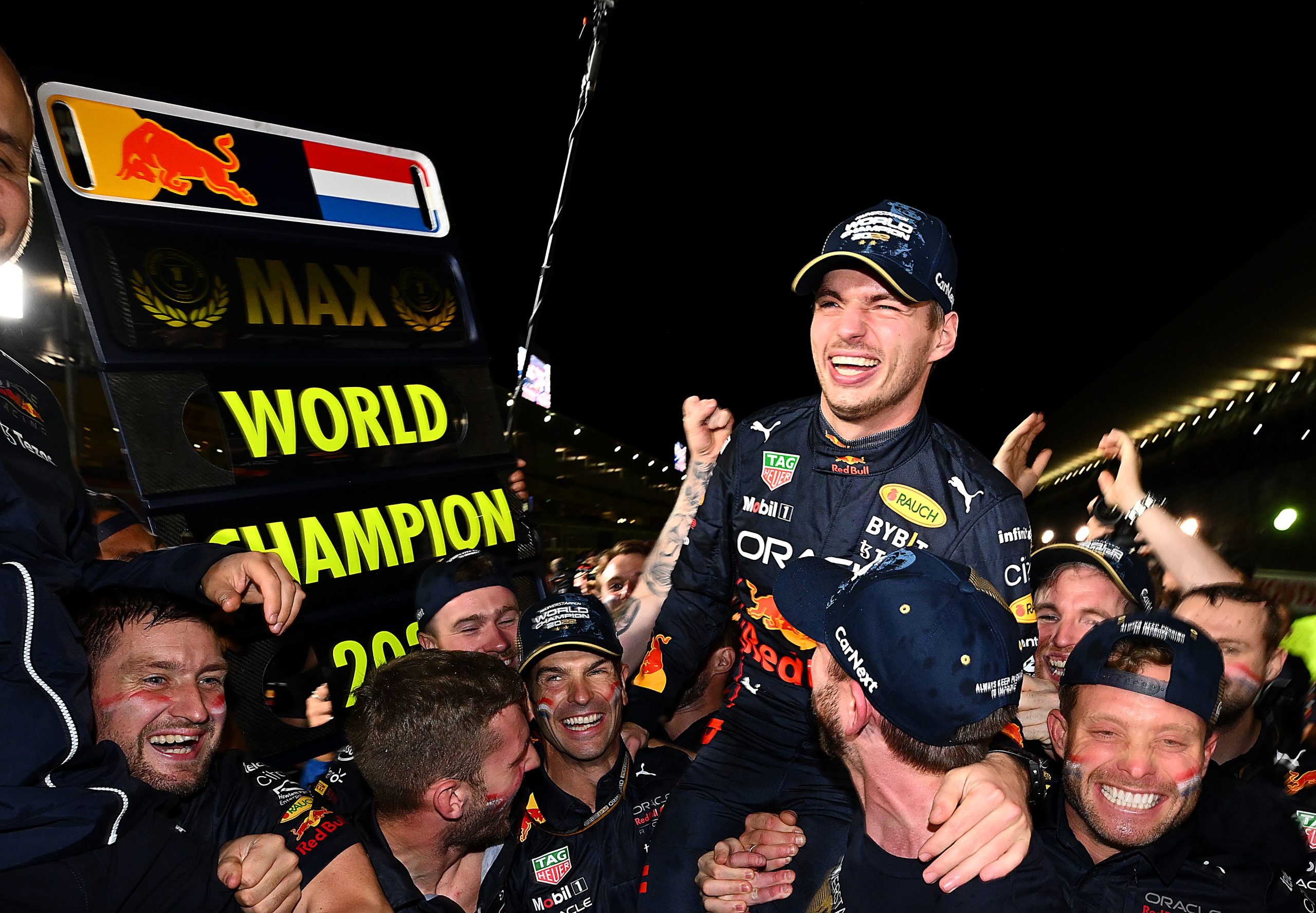As the Formula 1 teams fight to finish first, how exactly will the prize money be awarded come to the end of the season?
Operating within the world of Formula 1 comes with a heavy price tag. Teams can still spend in excess of $100 million per year so, how does the prize money keep the teams afloat in this sport of excessive spending?
How much do the F1 Constructors get?
There have been estimates of how much the 2023 prize pot will come to, but the most popular guess suggests that it will surpass $900 million. However, Formula 1 have never provided any official figures to confirm how much each team will earn. What we do know is that the discrepancy in prize money between the top and bottom teams has reduced over the past couple of years following the Concorde Agreement being signed in 2021.
By the terms of the Concorde Agreement, the top team will receive 14% of the total prize pot and the bottom team will receive 6%. Prior to this agreement, the top team would receive 20% of the prize money as the bottom team would only receive 4%.
How is the prize money awarded?
The prize money in Formula 1 takes into consideration the overall Constructor standings as well as the total revenue of F1 in each given year.
To put it simply, the team that finishes atop the Constructor standings receives the most prize money and it will gradually decrease as you go down the order.
As it currently stands, Red Bull will receive the most money at the end of the season with Alpha Tauri taking 6% as they currently sit in P10 at the halfway mark of the season.
Do the drivers receive the prize money?
The answer to this is no, or not officially at least. Drivers receive an agreed salary from the team that is completely separate from the Constructor prize money. There are some drivers who will have bonus clauses in their contracts that entitle them to a share of the team’s earnings depending on their performance throughout the year.
How much of an impact does the prize money have on the F1 grid?
The 2023 season has seen the midfield close up drastically. There will be many reasons for this and one of them is the reduction in prize money margins. The impact of the Concorde Agreement is in its early stages and the grid could tighten up even more over the next couple of years.
Formula 1 has made a conscious effort to reduce the gap between the teams in recent years. The decreasing gap in prize money between the top and bottom teams is not the only step that Formula 1 has taken, but it is a significant one.
By decreasing the financial gap between the teams it allows the teams that are lower down on the grid to catch up to the bigger teams.
In 2022 Aston Martin finished P7 in the Constructor standings. In 2023 the team managed to jump up to P3. By reducing the gap in the financial rewards, this has allowed teams, such as Aston Martin, to remain within the vicinity of their rivals and eventually pass them.
This will only work to Formula 1’s benefit as the teams draw closer. It allows for closer competition between the teams and the drivers, creating a more thrilling sport for everyone watching.






